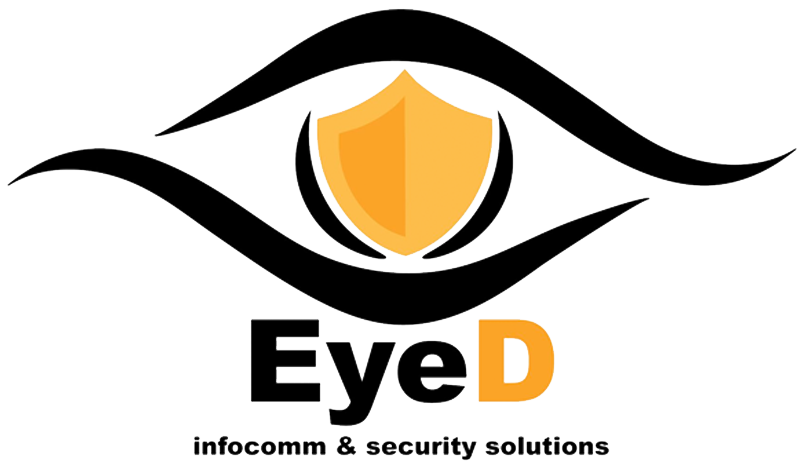Customization is one of the most controversial topics surrounding ERP software/Solutions. A majority of our clients have every intention of leveraging vanilla, off-the-shelf software during their software selection process. However, as project teams get into the details of the software during the implementation cycle, requests to make one or more customizations to the software are inevitable.
According to our 2017 ERP Report, only 23% of organizations implement vanilla ERP software with little to no customization. The remainder of organizations in our study customized their software, with 34% indicating that they heavily customized their software. According to our same research, large companies with over $500 million in annual revenue are even more likely to customize their software, as are companies in the aerospace, defence, and government industry verticals.
In addition, an organization’s propensity to customize software seems to be at least partially driven by the specific ERP solution being implemented. For example, as outlined in the below table, SAP and Microsoft Dynamics implementations tend to involve customization at a higher rate than Oracle EBS or Tier II solutions.
The reason for the controversy around customization is threefold, First, it increases the complexity and risk of an implementation, while at the same time making it potentially more difficult to upgrade software in the future. Second, it in some ways undermines the best practices built into the software, which software vendors often spend significant R&D developing. Thirdly and finally, customization is often a symptom of bigger problems, including a solution’s mismatch with a company’s requirements or a lack of project controls during implementation.
Three Tips to Help Manage Customization in ERP Software Implementations
Understand the difference between software customization and ERP package configuration.
Configuration is the normal set-up of the software, such as parameters, fields, and workflows. These changes are a normal part of any implementation and do not require changes to the source code. Customization, on the other hand, requires changes to the source code and also requires a higher level of technical sophistication. Often times, business requirements and objectives can be met via configuration and set-up instead of customization.
Ensure clear, company-wide definition of business requirements.
One of the primary drivers of customization is lack of direction regarding business requirements. If business requirements are not well-defined, it is more likely that a project team will bastardize the software to meet requirements as they are defined. In addition, clearly defined business requirements will ensure you choose the right enterprise solution during your ERP software selection process.
Establish solid ERP project controls.
Without strong project controls and project governance, a project team is more likely to customize every item on the users’ wish list without prioritizing, rationalizing, or identifying potential solutions within the core functionality of the system. The executive steering committee and project manager need to clearly define criteria for potential customizations, including conducting a cost-benefit analysis of the customization to ensure that you are only customizing where is provides the company with a unique competitive advantage and where there is so viable workaround within the system.
Every company is unique and no single ERP solution is going to meet 100% of a company’s requirements. However, keeping these three tips in mind and finding the right ERP software with the best functional fit will ensure that your customization needs are minimized.

